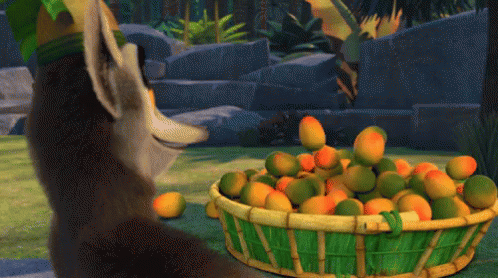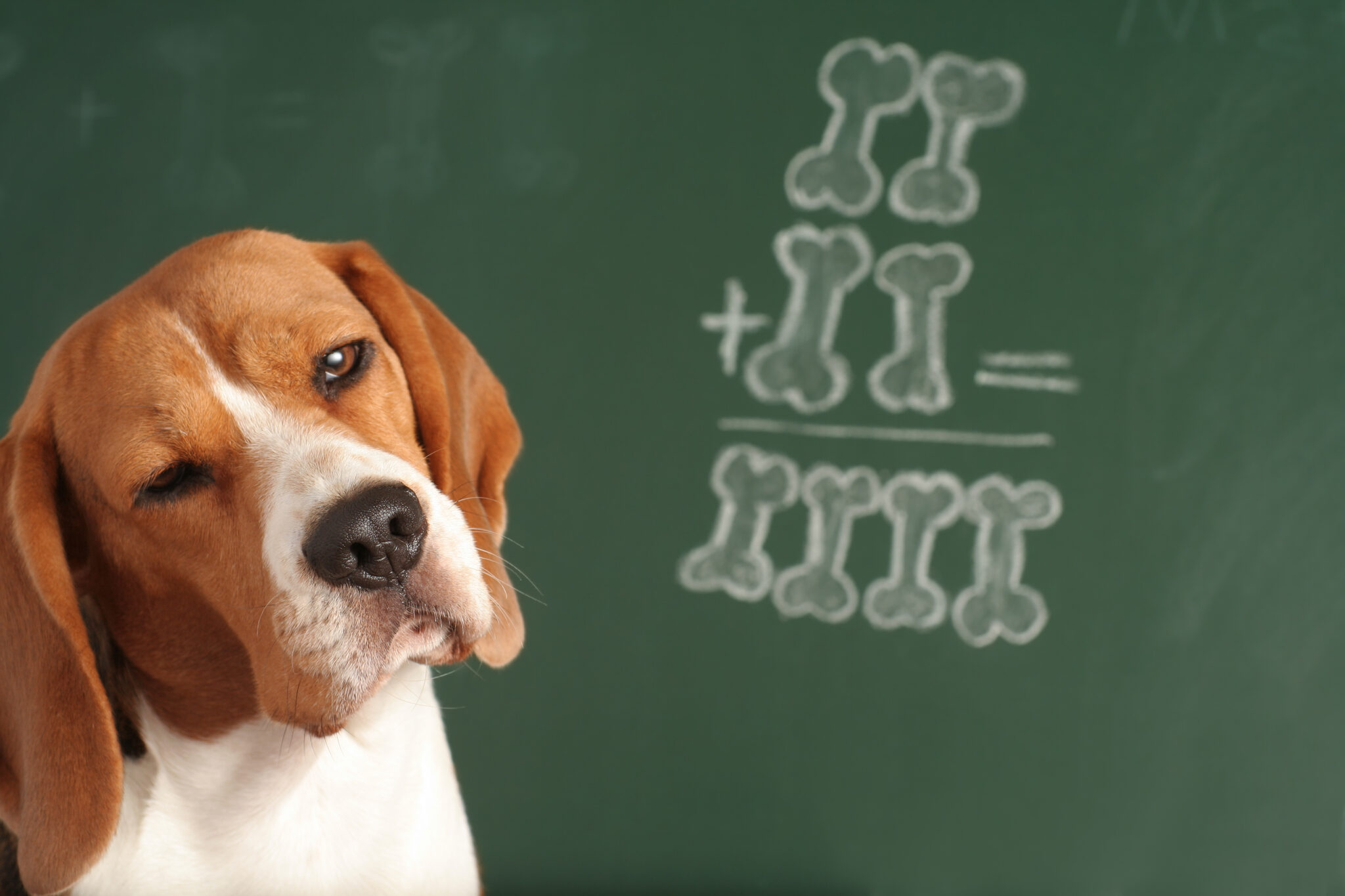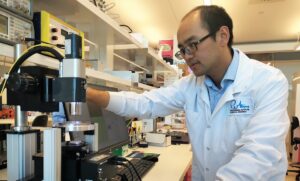In our last maths explainer article, we asked WTF is maths? and delved into its philosophy and history.
If that wasn’t enough for you, if you yearn to be sitting in the maths classroom again awaiting some mathematical magic, you’re in luck.
This time we ask how does maths work? How is it constructed? And how did it get so freaking complicated?
From the ground up
The bedrock of mathematical theory is arithmetic: addition, subtraction, multiplication and division. We’ve used it for thousands of years to calculate numbers of things – money, sheep, rocks, bitcoin, whatever. Even some animals can do it.
Built from arithmetic is algebra, where some sadist put the alphabet into mathematics. But it’s really just a way to do arithmetic with unknown quantities. Such as 12 mango trees each grow x number of mangoes to give y total number of mangoes, so y mangoes = 12 times x mangoes.

TENOR
Algebra leads into calculus and derivatives, which is a bit trickier. In school, that’s when a lot of people decided they were “more of the artistic type”. Essentially, it’s how those unknown values from algebra change in relation to one another – such as acceleration being a change in velocity.
We are not – I repeat – NOT about to try to teach calculus, but trigonometry, integrals and geometry are all constructed in similar ways. That makes sense, right? Right?!

GIPHY
Prove it
OK, this may not help anyone actually do maths, but it gives us a sense of how maths works.
At a fundamental level, maths is taking something that you know is true and building a new idea from it. Algebra is built from arithmetic. Calculus is built from algebra. This process goes on indefinitely, creating more and more complicated maths.
The idea of proving something to be true is a big part of maths (arguably, it’s the whole point). So much so that, in the early 1900s, a mathematics textbook took 360 pages to unequivocally prove that 1+1=2. Yikes!
In maths, no assumption is beyond scrutiny, and each truth requires a proof. Mathematics works by painstakingly proving the simplest truth, then endlessly conceiving more complicated and abstract ideas to prove it again.
In this way, mathematics uses reason to transform imagination into truth.
And as they say, truth can be an ugly thing. It’s not everyone’s cup of tea, much like mathematics.









